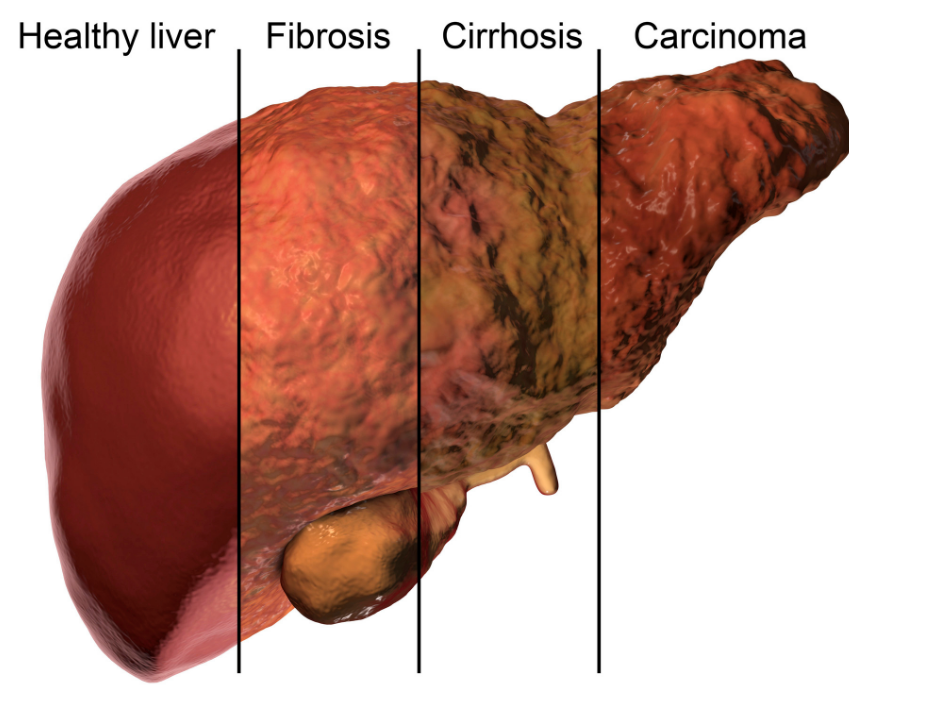Início Utilização de ácido valproico para redução da resistência do sorafenibe no tratamento...
ácido valproico

Utilização de ácido valproico para redução da resistência do sorafenibe no tratamento de pacientes com hepatocarcinoma refratário
Resumo:
Introduction: Hepatocarcinoma is the most common type of liver tumor, with sorafenib, the first approved option approved by the United Stated Food and Drug Administration (FDA) for advanced disease. However, resistance to sorafenib has recently been reported, compromising its beneficial clinical results. Recent studies have shown that valproic acid could increase sorafenib antitumor activity in resistant hepatocarcinoma cells by modulating signaling pathways. The work aims to present the signaling pathways by which the association between sorafenib and valproic acid demonstrated positive results, thus reversing the resistance to sorafenib presented in patients with hepatocarcinoma. Review: The research was carried out based on searches in the Virtual Health Library (VHL) and Pubmed databases, with the keywords in English sorafenib, valproic acid, mechanisms of resistance and hepatocellular carcinoma, and their respective terms in Portuguese. The search period was from December 7, 2020 to February 7, 2021, and articles published between 2011 and 2021 were considered valid, using the inclusion and exclusion criteria, the abstract and introduction, resulting in 19 articles included in the research. Discussion and Final considerations: The evidence shows that the combined treatment between sorafenib and valproic acid can act in different signaling pathways in order to overcome drug resistance, but also inhibit the expression of genes related to hepatocarcinoma. However, even though valproic acid has been suggested as a possible adjuvant drug for the treatment of various types of cancers, the mechanism used in reversing the resistance of hepatocarcinoma cells is not clear, thus requiring further studies.
Keywords: valproic acid, hepatocellular carcinoma, mechanisms of resistance, sorafenib.
Expandir Resumo
Acessar Texto Completo

